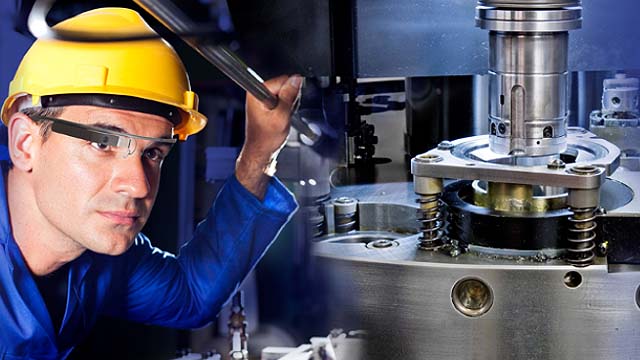Use Case: Augmented Reality finds early adoption with field service technicians


Augmented Reality is poised for rapid adoption with companies looking to improve their first-time fix rate on service calls.
As of this year, for example, BP's U.S. Lower 48 onshore oil and natural gas business has been equipping field service technicians with Augmented Reality platforms to assist with repairs.
The reasons are easy to understand. A rule of thumb industry-wide is that about 25 percent of technicians who make service calls require follow-up visits.
When dealing with high-cost capital equipment, such as utilities infrastructure or medical diagnostics (MRI machines, for example) downtime caused by call-backs has significant associated costs.
SEE: Mixed reality in business (ZDNet/TechRepublic special feature) | Download the free PDF version (TechRepublic)
Caterpillar, hoping to address just that problem, recently tested an AR solution for the techs who service a line of its on-site portable generators. Caterpillar's approach has been to equip field personnel with an internally-developed iPad app that interfaces with IoT sensors on the generator to provide real-time diagnostics and repair protocols.
FieldBit, the platform BP has been using, is another good example of what's likely to be a major enterprise use case for AR technology in the next few years. FieldBit provides out-of-the-box AR hardware and an SaaS platform to turn human workers into augmented super-workers.
The solution centralizes technical data, making it easily deployable in the field. A pair of connected AR glasses permits service techs to transmit video of equipment and repairs in real time back to a supervisor, who in turn can provide substantive guidance in the form of textual information, graphical information, or audio descriptions.
That approach has obvious benefits in allowing the most experienced supervisors to cover more ground than they could by going into the field themselves. Instead, they become virtual coaches, offering media-rich back-end support to lower-level techs.
Last year, ENGIE, Europe's leading energy business, named FieldBit its startup of the year.
AR could even eliminate the need for some service calls altogether.
"For minor repairs and service calls, a field technician may take a virtual form to help homeowners fix simple solutions," according to a recent post by Dispatch, a platform that connects contractors with businesses in a variety of industries.
"Instead of sending out a technician, virtual technicians can respond in an instant to cases where all the customer needs is a bit of guidance."
It's easy to eye-roll any new use case for AR, which so far has been used mostly for games and "brand experiences." But there's significant promise in giving service techs the tools to harness centralized technical know-how on the job and in real time.
Now that major international companies are moving to equip their field reps, it's a safe bet the technology will see wider adoption very quickly.